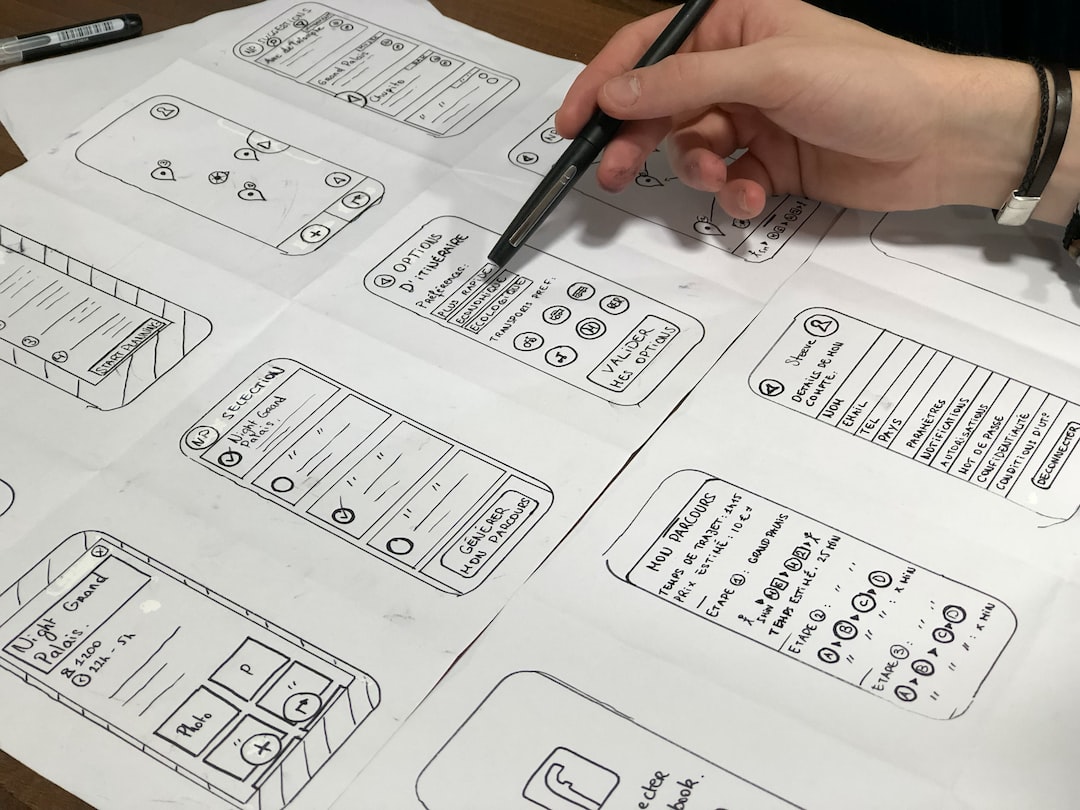Design is a powerful tool that can drive change towards environmental sustainability. From the products we use to the buildings we live and work in, design has the power to minimize the negative impact on the environment while simultaneously creating a more sustainable future. The role of design in environmental sustainability has never been more critical, and designers have an enormous responsibility to take the lead in shaping a better future.
One way design can contribute to environmental sustainability is through responsible material selection. Designers can choose materials that are environmentally friendly, renewable, and recyclable. For instance, designers can opt for materials such as recycled plastic or repurposed wood instead of virgin materials, which reduces the need to extract new resources. Furthermore, designers can make use of natural materials such as bamboo or cork, which are sustainable and biodegradable. By using eco-friendly materials, designers can reduce their environmental footprint and minimize waste.
Energy conservation is another crucial area where design has a significant impact. Buildings account for a significant percentage of energy consumption worldwide, and often result in negative consequences on the environment. Building design can help to drastically cut down energy use by incorporating natural lighting, using efficient heating and cooling systems, insulation, and more. Sustainable buildings that are well-designed minimize the need for artificial lighting, heating, and cooling, which lowers energy usage and creates a healthier and sustainable environment.
In addition to buildings, product design is also a crucial area that has a significant impact on the environment. Designers can create products that are durable, long-lasting, and repairable, which reduces waste and conserves natural resources. They can also incorporate recycling features into products that enable users to reuse, recycle or repurpose resources after the product life cycle has ended.
It is also essential for designers to consider the environmental and social impact of their designs. They must strive to create solutions that don’t contribute to environmental or social injustice, whether it is through exploiting natural resources, damaging ecosystems or perpetuating social inequalities. Designers must be mindful to consider the social and environmental impact of their design, from the raw material sourcing to the disposal of the product. Social and environmental impact assessment must be a pivotal point in every designer’s work, and one that is continually being questioned when creating a solution towards sustainability.
Design is a powerful tool that can address environmental challenges and contributes to sustainable global development. By integrating sustainability into their designs, designers can play a vital role in shaping a sustainable future. It is essential to ensure that sustainability is at the forefront of design thinking, and designers must work together with stakeholders to champion environmental sustainability. With bold and innovative design, we can create a more sustainable and just world, environmentally and socially.

